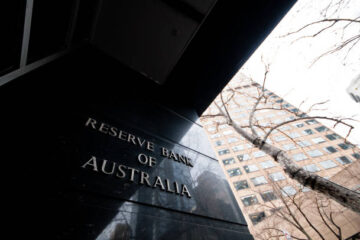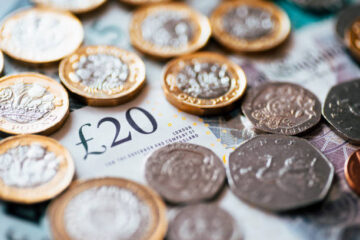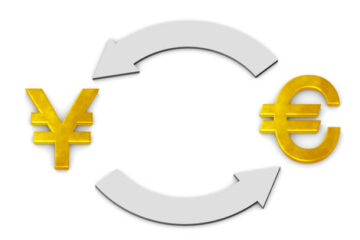The difference in yields between 2-year and 10-year Treasury note yields, a crucial recession indicator, flashed red for the first time since 2019 Tuesday.
Updated at 2:08 pm EST
The U.S. Treasury bond yield curve inverted for the first time in three years Tuesday as interest rate traders bet on both faster and deeper Federal Reserve rate hikes while worrying about near-term growth prospects in the world’s biggest economy.
The yield on benchmark 2-year Treasury note yields rose to 2.397% in Tuesday afternoon trading, powering past the yield on 10-year paper, marking the first “inversion” of this key portion of the yield curve since 2019. The spread was last seen at +1 basis points in early afternoon trading.
According to a study from the San Francisco Federal Reserve, a sustained inverted yield curve has preceded all of the nine recessions the U.S. economy has suffered since 1955, making it an extremely accurate barometer of financial markets sentiment.
Fixed income traders are also betting on half-point moves higher in the Fed Funds rate at the next three Fed meetings in May, June and July, according to the CME Group’s FedWatch, even as the Atlanta Fed’s GDPNow forecasting tool suggests first quarter growth has slowed to just 0.9%.
Fed Chair Jerome Powell, however, has insisted that the economy is on firm footing, and told an audience at the National Association for Business Economics last week that “f we conclude that it is appropriate to move more aggressively by raising the federal funds rate by more than 25 basis points at a meeting or meetings, we will do so.”
The Fed will publish it preferred inflation gauge, the PCE Price Index, on Thursday with analyst looking for a bump higher in incomes, a pullback in real spending and another nudge higher in overall inflation pressures.
Friday’s non-farm payroll report will also provide firm clues as to both the pace of growth in the labor market and any acceleration in wages, which could give the Fed more fuel to its argument that higher rates are needed to tame the fastest consumer price inflation in forty years.
That’s even more likely now that we know that more than 11.2 million positions in the job market remained unfilled last month, according to data from the February Job Openings and Labor Turnover Survey, a figure that can only suggest companies need to pay higher salaries to tempt people back into the workforce.
Powell, meanwhile, remains firm in his view that the inflation fight must be waged:
“Our goal is to restore price stability while fostering another long expansion and sustaining a strong labor market,” he said Monday. “Soft, or at least soft-ish, landings have been relatively common (when) the Fed raised the federal funds rate significantly in response to perceived overheating without precipitating a recession.”
“In other cases, recessions chronologically followed the conclusion of a tightening cycle, but the recessions were not apparently due to excessive tightening of monetary policy,” he added.


